If you don't like the CSS solution, you may try the JS.
The idea is to dynamically switch between compact and normal mode of the recaptcha plugin.
I will provide an example with jQuery onboard, but it shouldn't be much to port it to pure JS.
I assume you have following HTML code on the site.
<div>
<div class="g-recaptcha" data-sitekey="[your-key-here]"></div>
</div>
Firstly you need to load gRecaptcha 2 explicitly and provide onload callback:
<script type='text/javascript' src='https://www.google.com/recaptcha/api.js?hl=en&onload=recaptchaCallback&render=explicit'>
Next, create your callback function which will also be your javascript media query.
function recaptchaCallback()
{
var mq = window.matchMedia("(max-width: 400px)");
mq.addListener(recaptchaRenderer);
recaptchaRenderer(mq);
}
The last thing is to render the recaptcha widget.
function recaptchaRenderer(mq)
{
var recaptcha = $('.g-recaptcha').eq(0);
var data = recaptcha.data();
var parent = recaptcha.parent();
recaptcha.empty().remove();
var recaptchaClone = recaptcha.clone();
parent.append(recaptchaClone);
recaptchaClone.data(data);
var options = {
'sitekey': data['sitekey'],
'size': 'compact'
};
if(!mq.matches)
{
options['size'] = 'normal';
}
grecaptcha.render(recaptchaClone.get(0), options);
}
You may wonder why I empty the div and clone all the g-recaptcha content. It's because gRecaptcha 2 wouldn't let you render second time to the same element. There could be a better way, but it's all I found for now.


